The Florida Keys stretch like scattered emeralds across turquoise waters. Still, while most people only see the islands connected by the famous Overseas Highway, hundreds of pristine keys remain untouched by roads or bridges. These boat-only destinations offer something increasingly rare in modern America: true escape from the crowds and concrete.
With more than 1700 islands in the chain, fewer than 50 of the Florida Keys are connected by the Overseas Highway. The rest can only be reached by boat, kayak, or seaplane, creating a network of hidden paradises waiting to be explored.
Here is a list of 19 Florida Keys islands that can only be accessed by boat.
Loggerhead Key
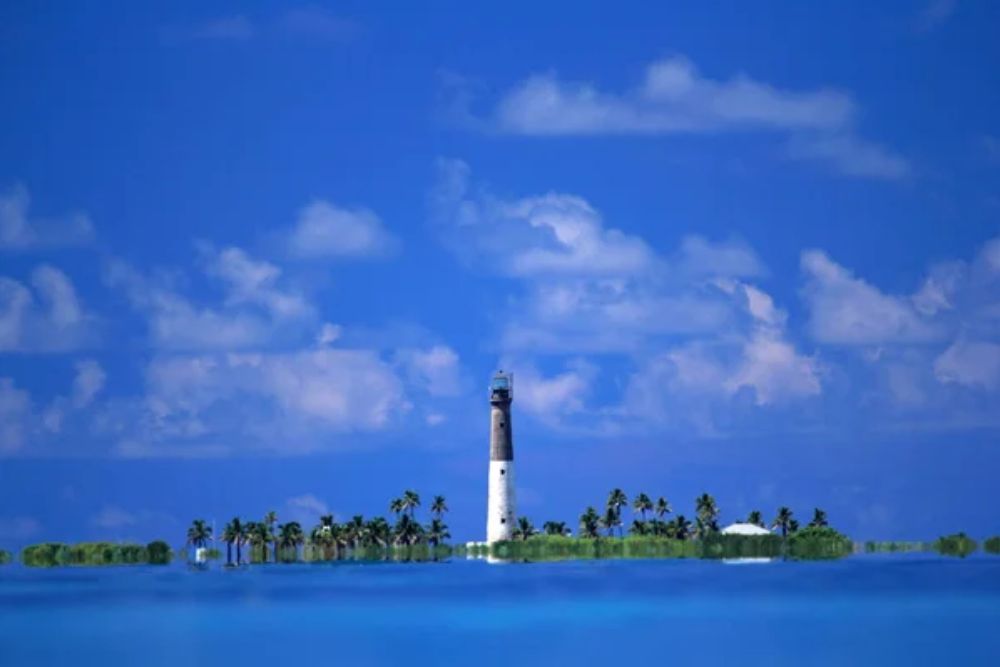
Loggerhead Key, 820 by 3,940 ft in size, with an area of 26 hectares (64 acres), is the largest island in the Dry Tortugas. Loggerhead Key is a 3-mile paddle from Garden Key, and on a nice day, it is a popular trip for kayakers. Loggerhead Key is known for its lighthouse.
The historic lighthouse, built in 1858, stands as a beacon for mariners navigating these remote waters.
Garden Key

Home to the massive Fort Jefferson, Garden Key is also home to our park headquarters, visitor center, campgrounds, and great swimming and snorkeling areas. Garden Key is the second largest island in the chain, at 1,300 by 1,600 ft in size, with an area of 17 hectares (42 acres).
Most visitors arrive via the Yankee Freedom ferry from Key West.
Like Travel Pug’s content? Follow us on MSN.
Bush Key
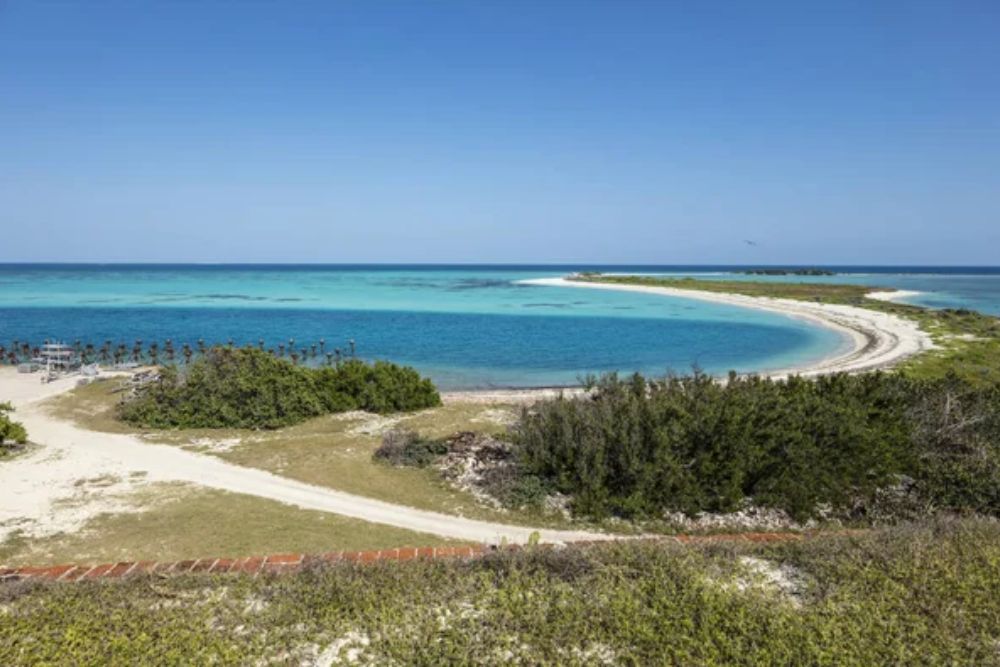
Located next to Garden Key is Bush Key. A narrow sandbar sometimes connects the two together, making it appear as if they are one big island. Bush Key is closed from February through September due to the bird nesting season.
Bush Key, formerly named Hog Island because of the hogs that were raised there to provide fresh meat for the prisoners at Fort Jefferson, is just a few meters east of Garden Key.
East Key
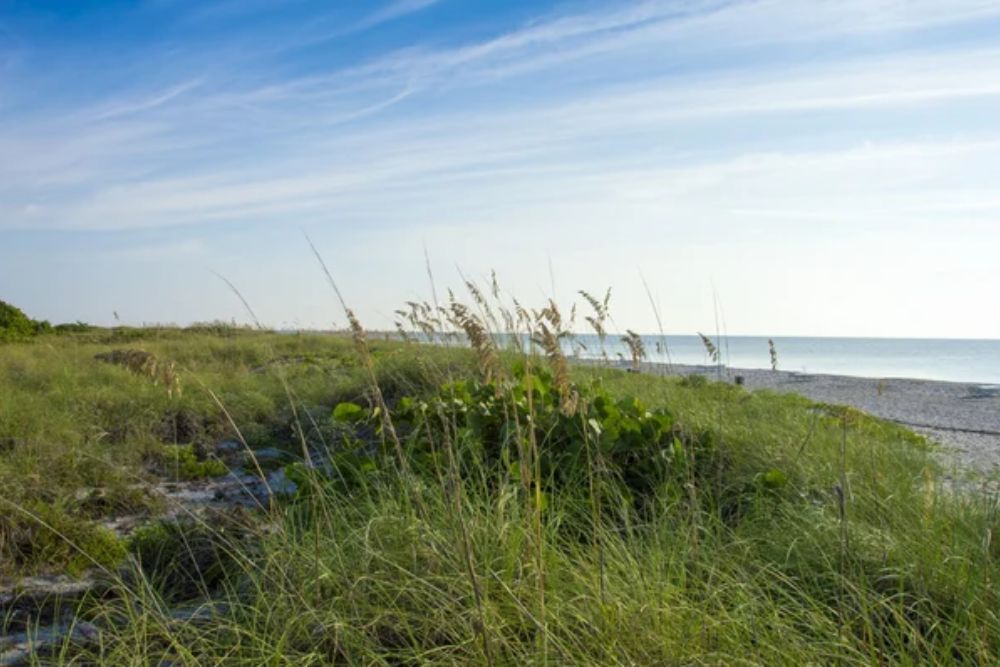
Part of the Dry Tortugas, East Key, is closed to visitors year-round for wildlife protection. East key has a total area of about sixteen thousand square meters and is only two meters high. Despite being off-limits to landing, boaters can admire this tiny jewel from the water.
Middle Key
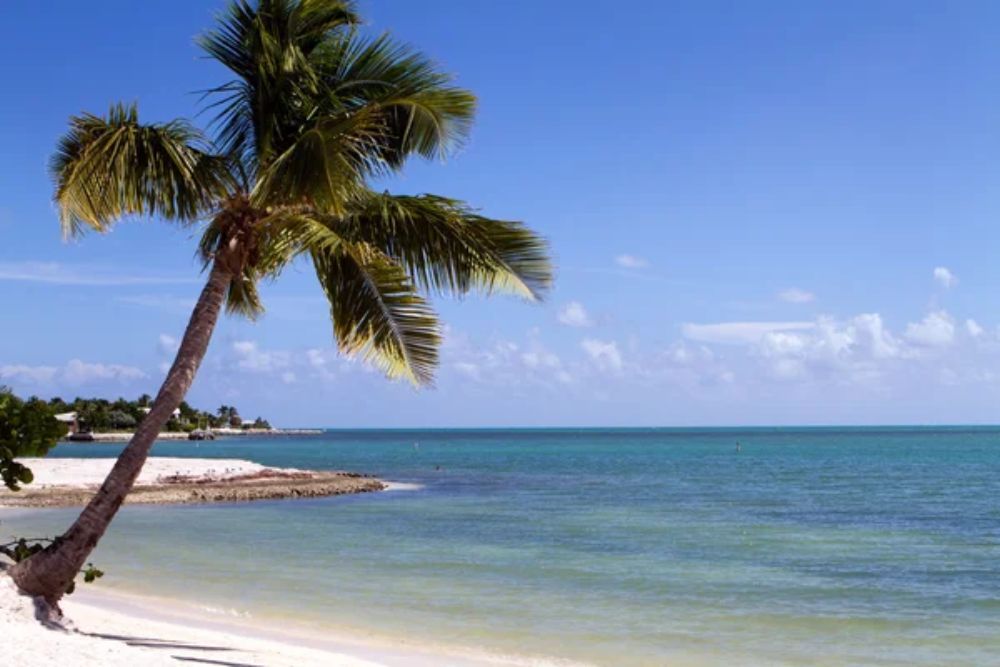
Another protected Dry Tortugas island, Middle Key, is closed to visitors. The Middle Key is at such a low level that, depending on the season, it may not be visible for months at a time.
This disappearing act makes Middle Key one of nature’s most mysterious islands in the entire Keys chain.
Like Travel Pug’s content? Follow us on MSN.
Hospital Key
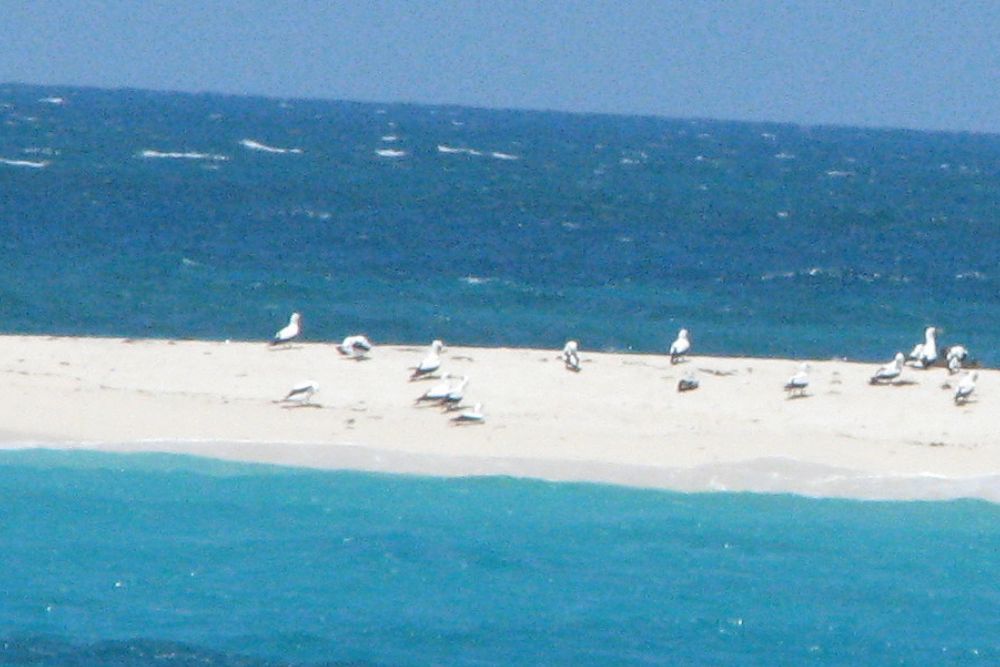
Hospital Key is closed to visitors as part of the protected Dry Tortugas ecosystem. Named for its historical use, this small island plays a crucial role in providing nesting habitat for seabirds.
Its isolation has helped preserve critical wildlife corridors in the westernmost reaches of the Florida Keys.
Long Key (Dry Tortugas)

Not to be confused with the developed Long Key along the Overseas Highway, this Long Key is closed to visitors in the Dry Tortugas. The major islands within the park are, roughly from west to east, Loggerhead Key, Garden Key, Bush Key, Long Key, Hospital Key, Middle Key, and East Key.
This remote outpost remains pristine thanks to strict federal protection.
Boca Grande Key
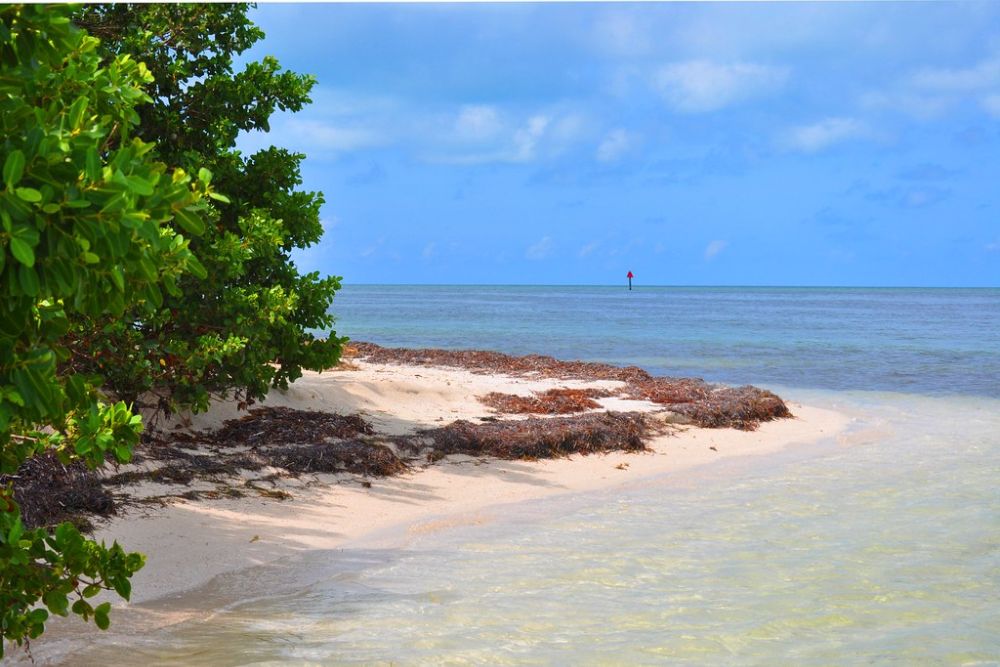
Boca Grande Key is approximately 12 miles west of Key West and ranks among the most popular boat-only destinations. The island of Boca Grande covers approximately 180 acres. It is the largest and westernmost island in the Mule Keys.
This amazing natural beach is perfect for families as the water is only five feet deep.
Like Travel Pug’s content? Follow us on MSN.
Woman Key
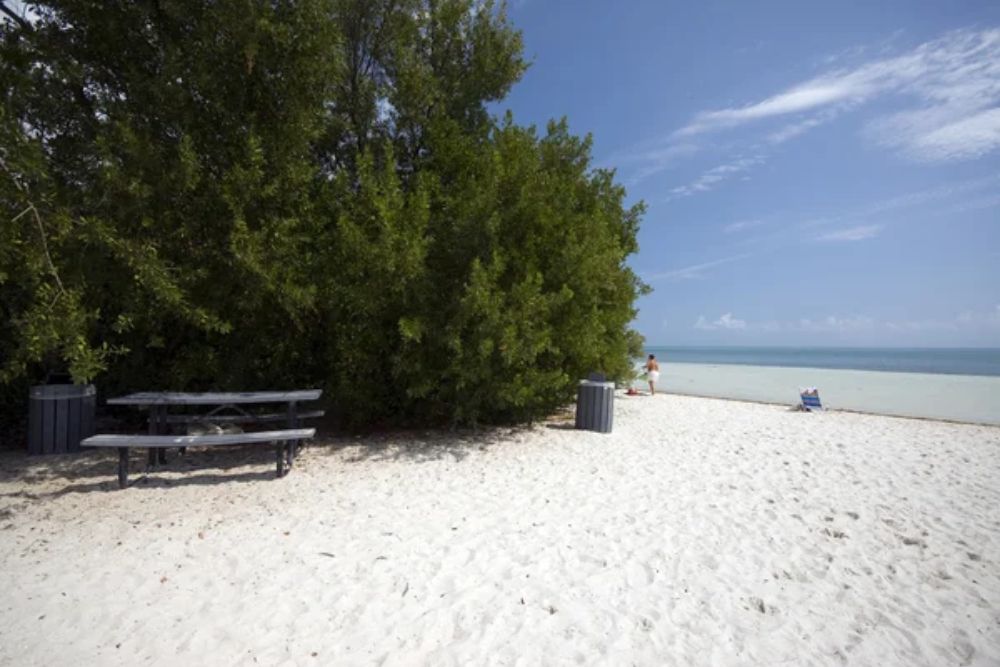
Located near Boca Grande Key, Woman Key offers excellent opportunities for wildlife viewing and shallow-water exploration. There are special rules in effect at Boca Grande Key and Woman Key Wildlife Management Area.
The key features of mangrove shorelines serve as an important habitat for various bird species, making their way through the migration corridor.
Marquesas Keys
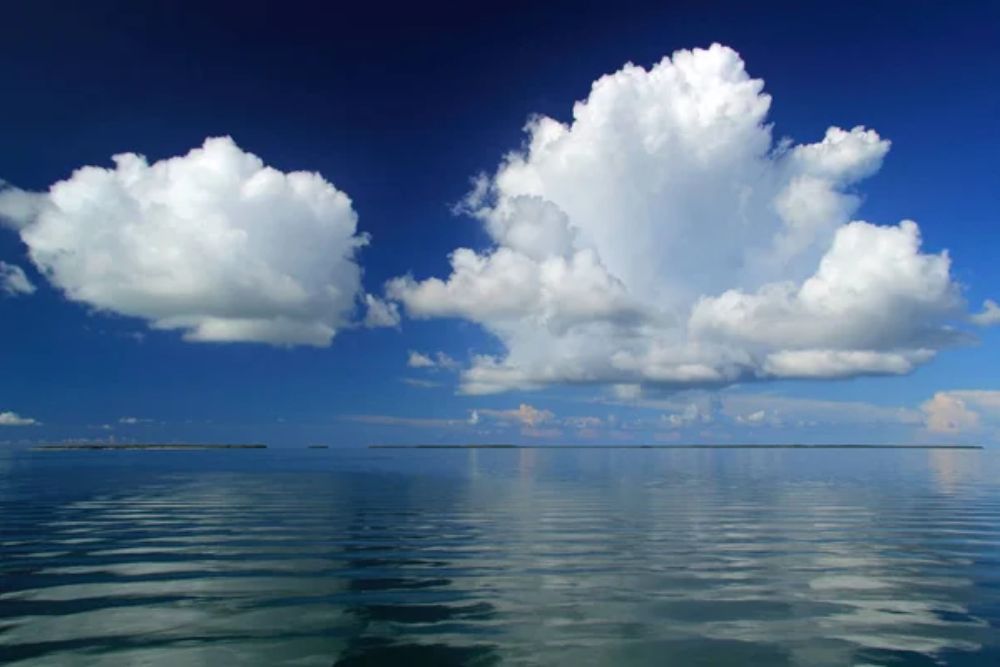
The Marquesas Keys form an uninhabited island group about 20 miles (32 km) west of Key West, four miles (6 km) in diameter, and largely covered by mangrove forest. They are protected as part of the Key West National Wildlife Refuge.
The total area, including the lagoon, measures 29.37 km2 (11.34 sq mi).
Mud Keys

Mud Keys are a series of islands approximately 15 miles northeast of Key West that are highly dissected by navigable creeks. Mud Keys is located between Jewfish Basin and Waltz Key Basin, Northwest of Key West.
This location is, unfortunately, one of the most difficult sandbars to access, which makes it one of the most secluded and unique hangouts in all of the Florida Keys.
Like Travel Pug’s content? Follow us on MSN.
Desolation Keys
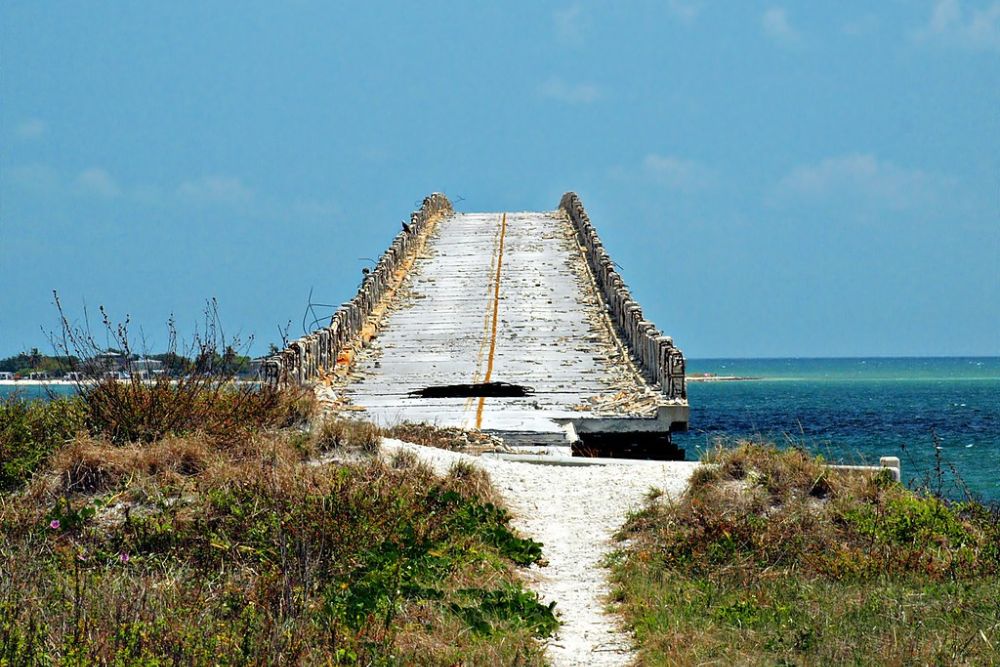
The Desolation Keys are located northwest of Boca Chica Key. Boca Chica is the second-to-last island along the highway before reaching Key West—Boca Chica, Stock Island, Key West.
The Desolation Keys are 2.5 miles north of the road. These aptly named islands live up to their moniker, offering solitude and untouched natural beauty for adventurous boaters seeking true isolation.
Dump Keys
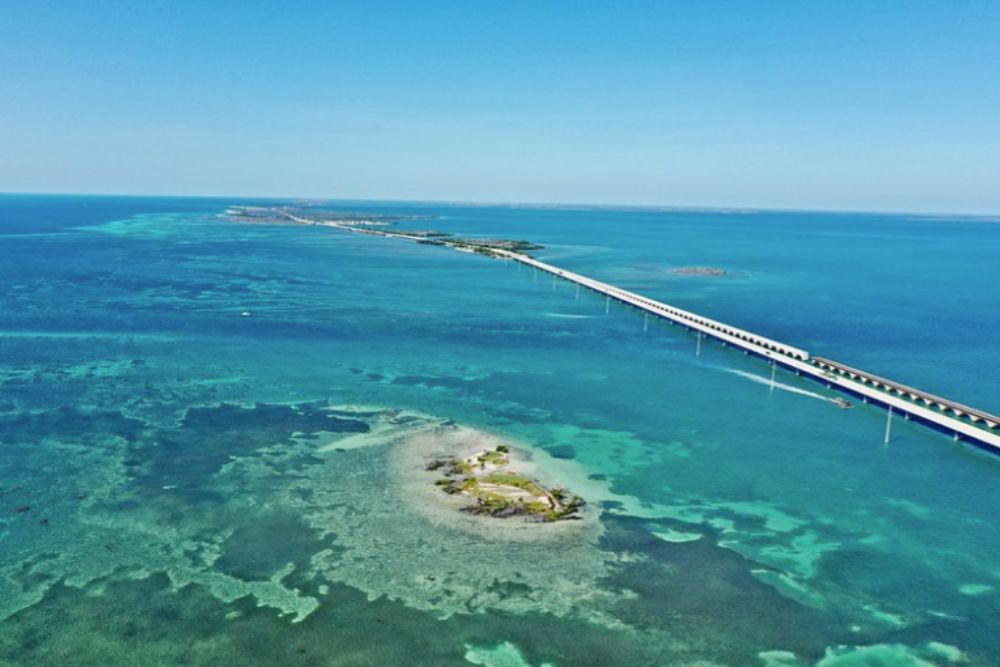
The Dump Keys are between Plantation Key and Snake Bight and are, apparently, great places for fishing guides making the run to Flamingo and Cape Sable to make a comfort stop.
Despite their unromantic name, these keys provide important waypoints for backcountry navigation and offer fishing opportunities for those willing to venture into less-traveled waters.
Don Quixote Key
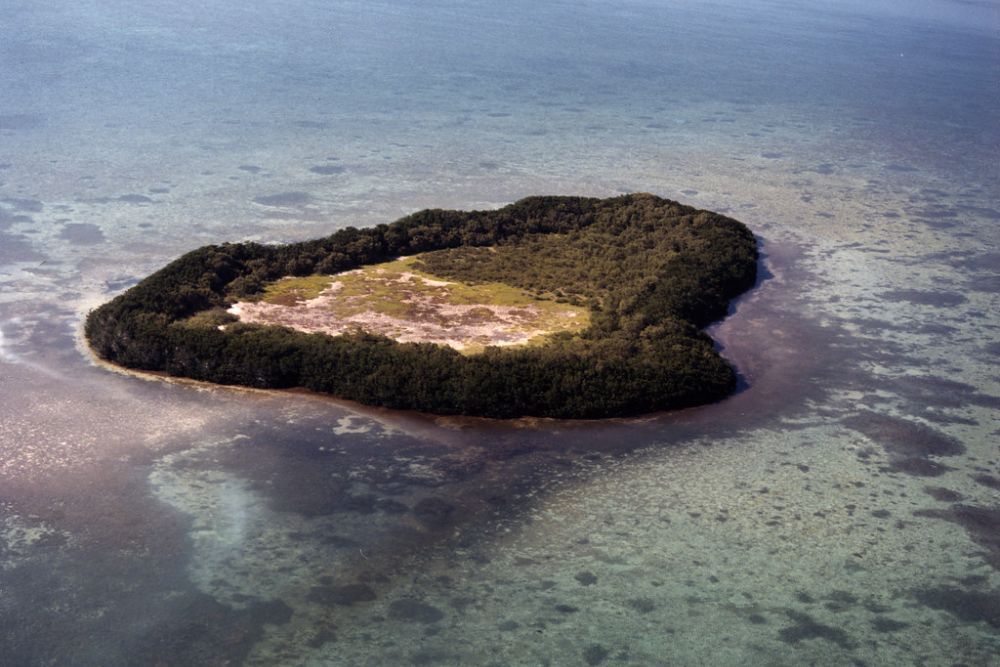
Don Quixote Key, located about one mile north of Horseshoe Beach, carries one of the most unusual names in the entire Keys chain.
This small island offers a whimsical destination for kayakers and shallow-draft boaters exploring the backcountry waters between the main islands and the mainland.
Like Travel Pug’s content? Follow us on MSN.
Ballast Key

Part of the scattered islands near the main shipping channels, Ballast Key takes its name from the maritime practice of ships dumping ballast stones in these waters.
The key provides habitat for wading birds and serves as a stepping-stone between larger island groups for wildlife and adventurous boaters alike.
Cottrell Key
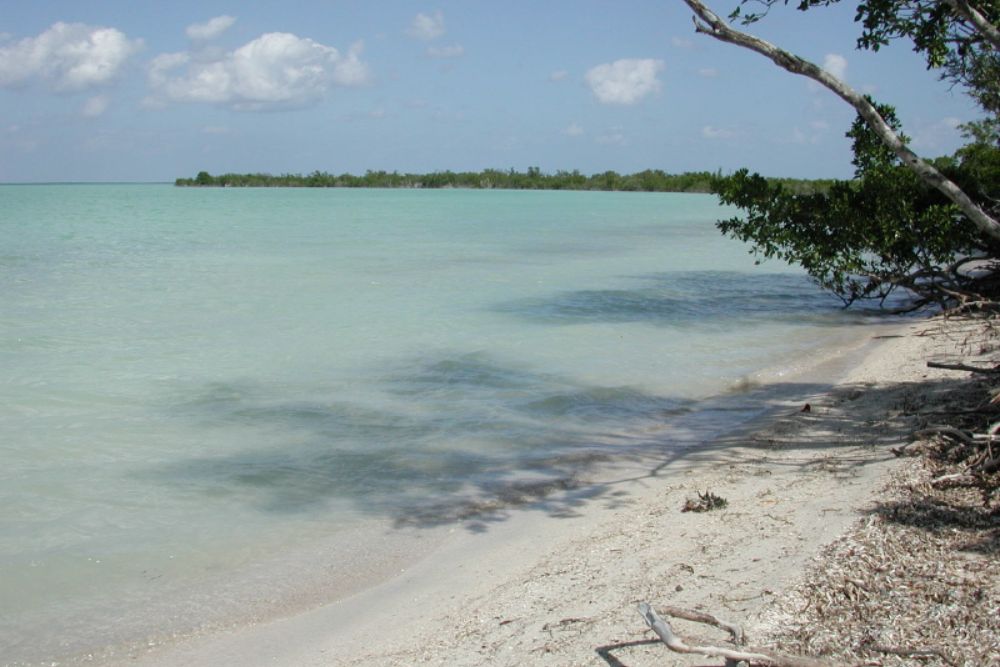
This small mangrove island, situated in the backcountry waters, offers excellent opportunities for wildlife photography and quiet contemplation.
Cottrell Key exemplifies the type of pristine habitat that once characterized the entire Florida Keys before development transformed the larger islands, which are now connected by roads.
Little Mullet Key
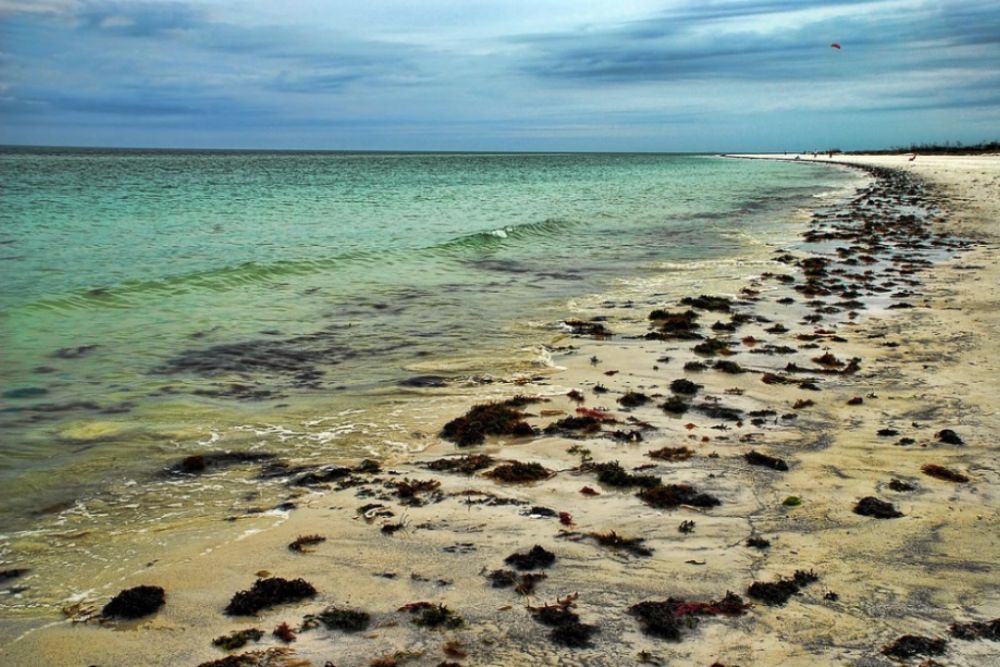
Part of the extensive network of backcountry islands, Little Mullet Key offers shallow-water fishing and bird-watching opportunities.
The key features of typical mangrove ecology serve as a reminder of how the entire Keys ecosystem functioned before human development altered the landscape.
Like Travel Pug’s content? Follow us on MSN.
Northwest Tarpon Belly Keys
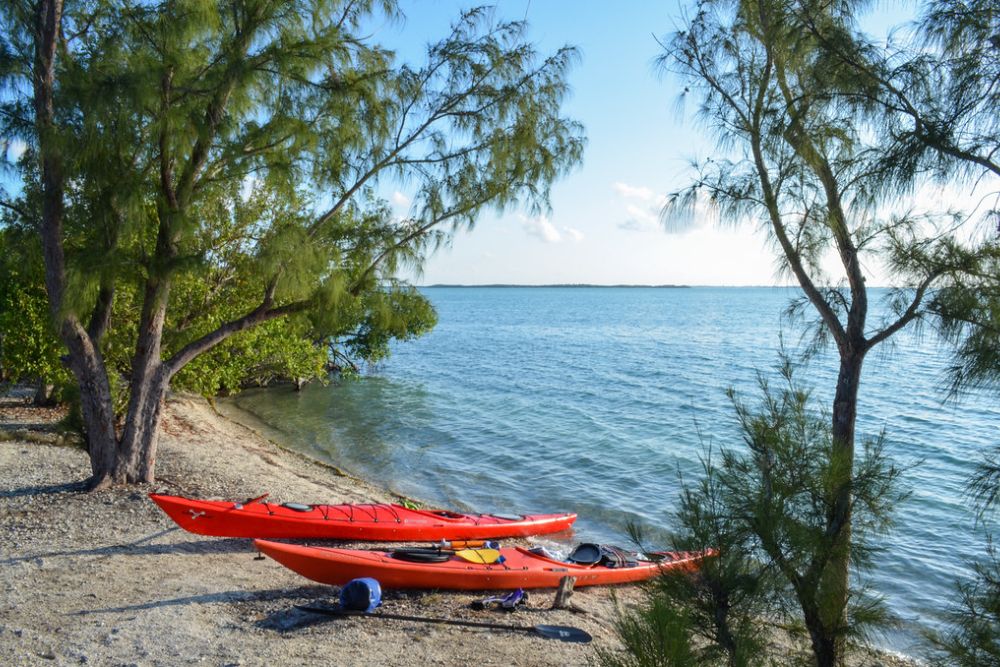
These islands get their name from the tarpon that frequent the deeper channels nearby, offering some of the best fishing in the backcountry.
The keys provide important spawning and nursery habitat for various fish species while offering boaters a chance to anchor and fish in relatively protected waters.
Pelican Key
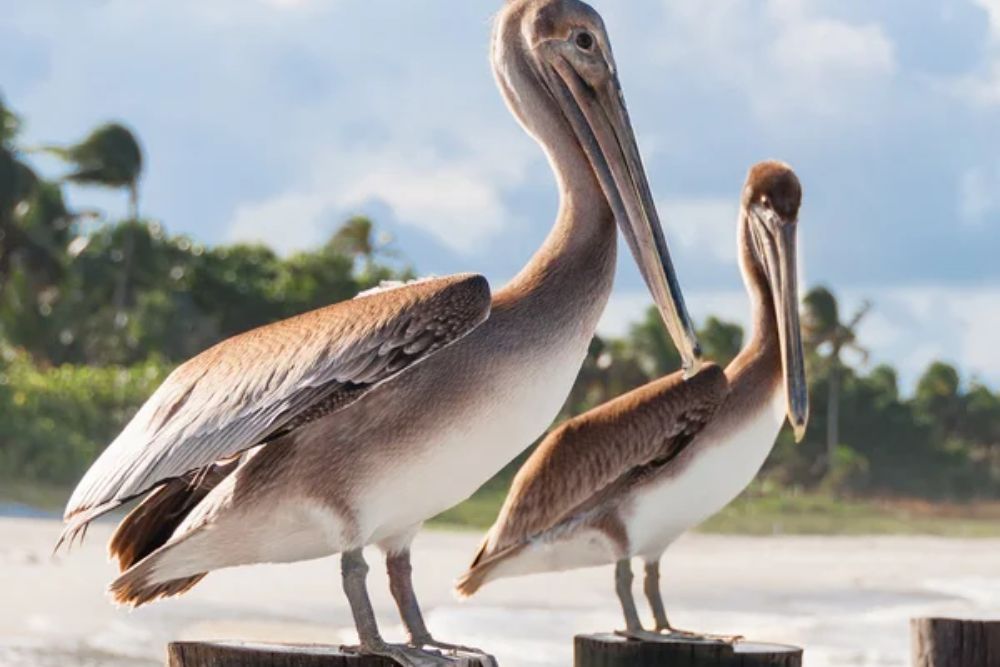
As the name suggests, Pelican Key serves as an important roosting and nesting site for brown pelicans and other seabirds.
The island’s mangrove shoreline and shallow surrounding waters create an ideal habitat for both wildlife and the small fish they depend on for survival.
Where the Wild Keys Meet the Water
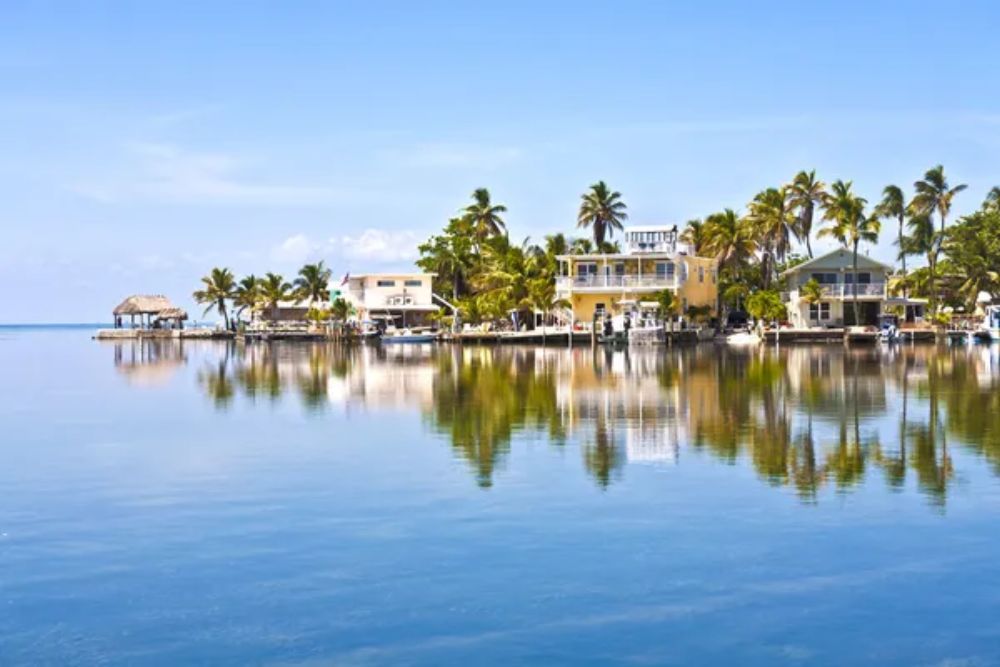
These twenty islands represent just a fraction of the hundreds of boat-only destinations scattered throughout the Florida Keys. Each offers something unique, whether it’s world-class fishing, pristine beaches, unique wildlife viewing, or simply the chance to anchor in crystal-clear water far from the crowds.
From the remote Dry Tortugas 70 miles west of Key West to the intricate mangrove mazes of the backcountry, these islands preserve the wild spirit that once defined the entire Keys chain before bridges and highways connected the major islands to the outside world.
More from Travel Pug

- 20 Best Beach Towns in the Carolinas
- 13 Destinations Where Tourists Regularly Regret Their Trip
- 20 Destinations That Are More Magical Without an Itinerary
- 20 Underrated Adventures That Belong on Your Travel List
- 20 Cities Where You Should Just Wing It, No Planning Required
Like Travel Pug’s content? Follow us on MSN.N.
